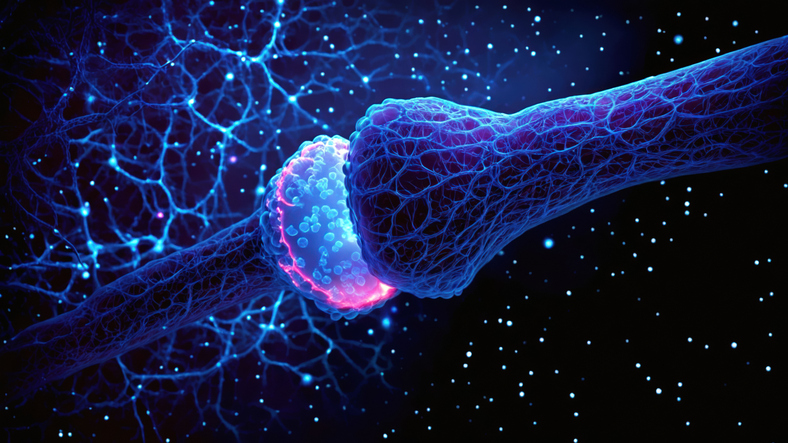New research in mice from scientists at New York University Langone Health (NYU Langone Health) and their colleagues elsewhere identifies brain circuits that make memories more stable during learning. The study, which was published in Science, shows that activity in signaling pathways connecting two brain regions, the entorhinal cortex and the CA3 region of the hippocampus, helps mice form stable neural maps of places.
The paper, which details the work, is titled “Cortical glutamatergic and GABAergic inputs support learning-driven hippocampal stability.” It builds on data from previous studies that demonstrated the importance of the entorhinal/hippocampal circuit for memory formation and recalling memories by completing patterns from partial cues. It also builds on studies showing that problems with CA3 neural computations can lead to symptoms similar to those of schizophrenia or post-traumatic stress disorder, where the stability and precision of memories fail.
“Our study, by focusing on the stability of hippocampal representations, fills in a substantial gap in the understanding of how long-range inputs control neuronal circuits essential for memory recall,” said senior study author Jayeeta Basu, PhD, an assistant professor in the departments of psychiatry and neuroscience at NYU Langone Health. “A better understanding of circuits supporting place maps may guide the future design of more precise treatments for conditions that affect memory.”
For the study, the researchers focused on neurons with long extensions that coordinate activity in distant brain regions. Neurons use a mix of positive and negative charges to transmit electrical signals from one neuron to the next, a combination of excitation and inhibition that achieves a balance to form thoughts. During learning, boosts in excitation encode the formation of new memories, and the activity patterns of the neurons determine the specificity of memories they represent. Reactivating these neurons in a set pattern recalls a specific memory and produces the related behavior.
According to the scientists, little is known about how the long-range neurons used for this study influence local circuits as the brain balances what is already known with incorporating new data to form memories. Their analysis determined that two types of long-range extensions from the lateral entorhinal cortex to the CA3 region signal at the same time to stabilize brain cell learning networks. Specifically, long-range excitatory glutamatergic (LEC-GLU) and inhibitory GABAergic (LEC-GABA) extensions increased the activity of ensembles of interconnected neurons to support learning, they wrote in Science.
The scientists also examined interactions between LEC long-range inputs and CA3 circuits at the level of the single cell. They found that LEC-GLU drove excitation in CA3 as well as feedforward inhibition that prevented spikes in neuronal firing. Conversely, LEC-GABA suppressed local inhibition to encourage CA3 activity by selectively boosting its output. This combined action supported stability in CA3 by triggering recurrent activity in certain circuits that are responsible for encoding memories of places.
“This work dissected the mechanism whereby the brain boosts excitation of brain cells to pay more attention to certain sensory information by dialing down inhibition in key microcircuits,” explained Vincent Robert, PhD, a postdoctoral scholar in Basu’s lab and first author on the study. It shows “a circuit mechanism that fine-tunes the dialogue among excitation, inhibition, and disinhibition in service of context-dependent memory formation and place map stability.”

